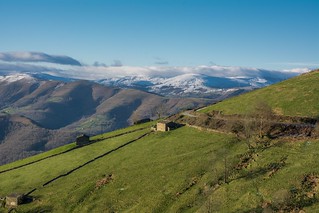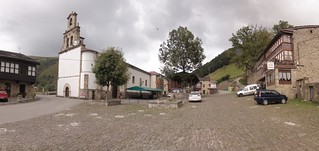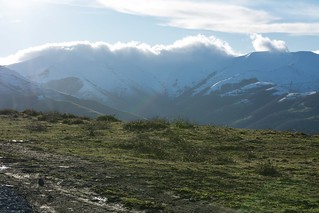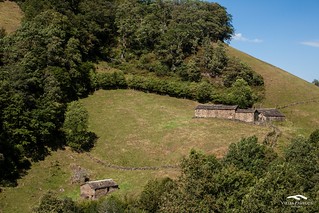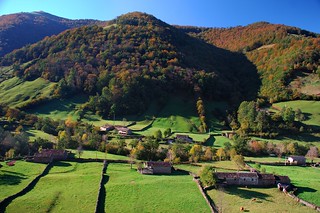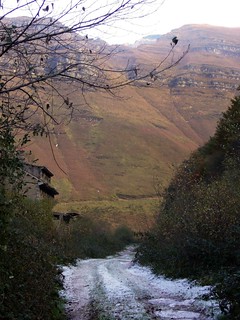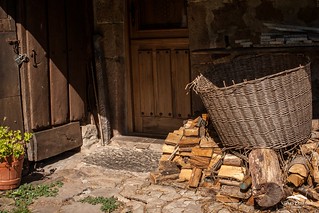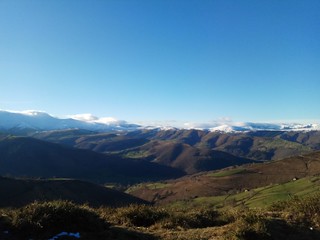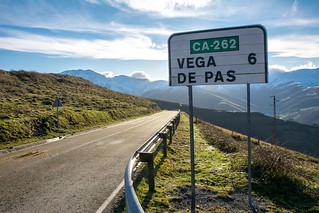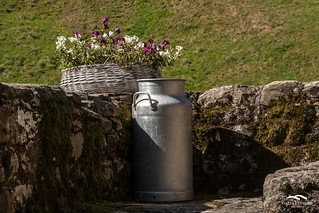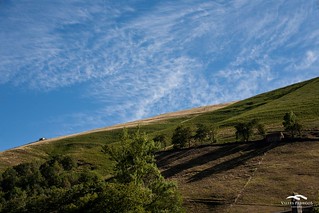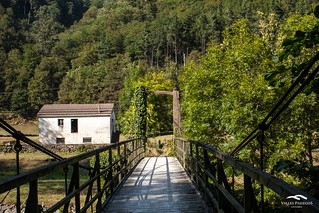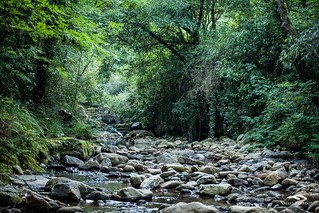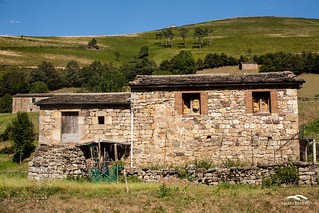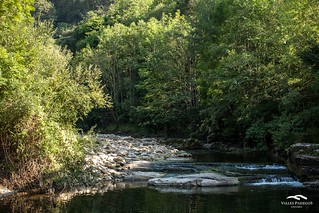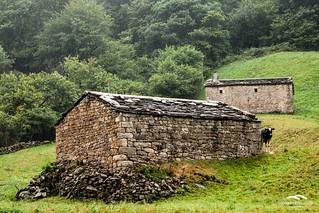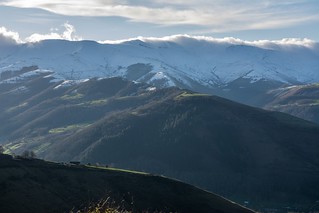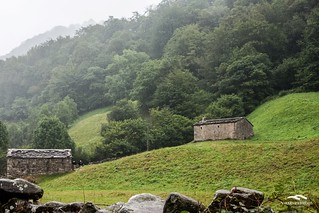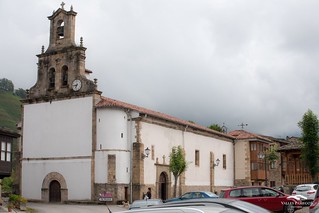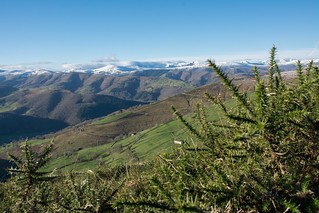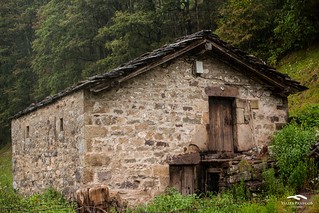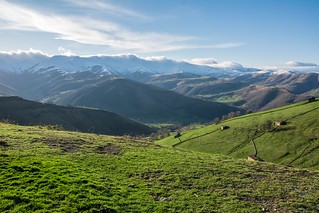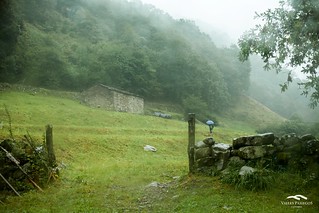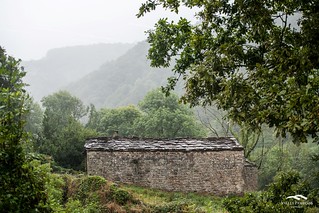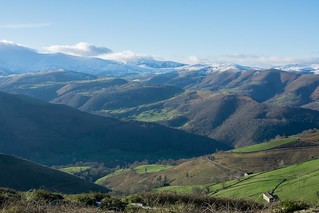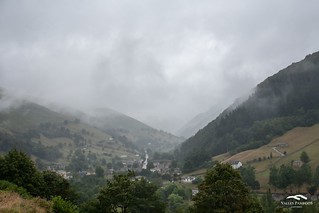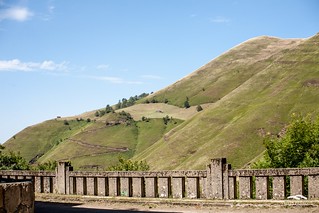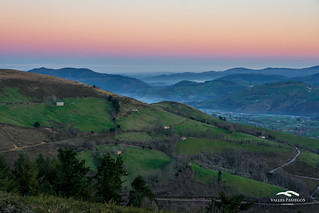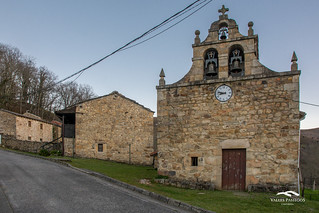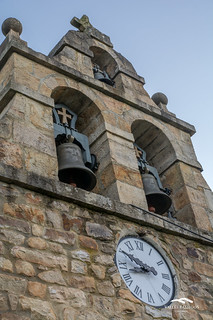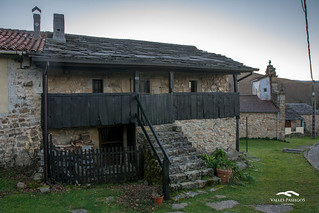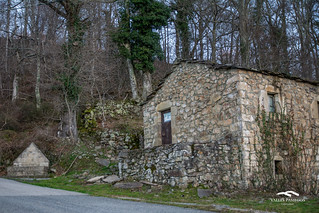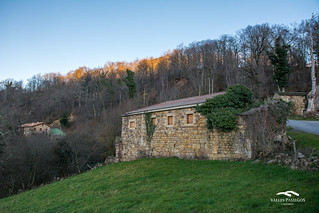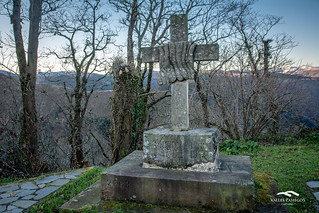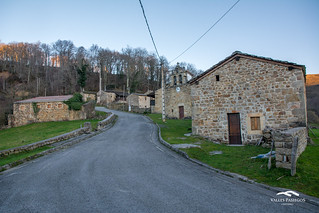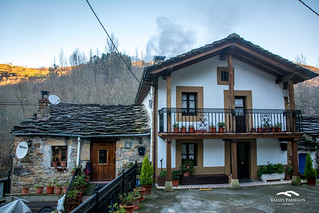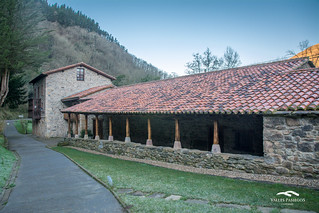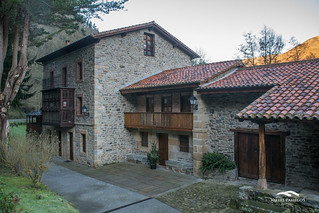CITY COUNCIL
Vega de Pas
Contact
Vega de Pas Town Hall
Plaza Doctor Madrazo, 1
39685 Vega de Pas
Phone: 942 595 084
Fax: 942 595 053
Web:
E-mail: ayuntamientovegadepas@gmail.com
Schedule: from 08:00 to 14:00h.
Share this
An ascending route from the bottom of the valley to the source of Pas river allows you to roam the riverside forests, green pastures and medium high cottages and the rough high pasture lands between cliffs and spectacular falls, with the impressive background of Castro Valnera.
[MEC id=”1622″]
Municipal website:
Municipal services: See map
- Popular architectonic heritage: along its neighbourring municipalities, San Pedro and San Roque, this territory means the origin of the Pas cottage. This peculiar building, that has its origin in pastor culture of the Pas Mounts is a perfect example of man to nature adaptation. They are stone and compound constructions, placed on individual plots surrounded by stonewalls and linked to a transhumantic cattle exploitation that became popular along 16th and 17th centuries on Pas and Miera headwateres, extending itself along Pisueña, Luena and Soba valleys. The semi-transhumantic exploitation meant a movement or “muda”, done when better pastures were needed. These buildings not only were for stabling, but also for shepherd housing. One of the oldest ones that should be pointed out is the one located on Estallo, from 18th century.
- Ethnographic Museum of the Three Pas Villages: the building, restorated following the pattern of a Pas house-cottage, was thought of as a dinamizing point for rural culture, habits and lifestyle of Pas people. It is located on San Antonio chapel, from 18th century.
- Industrial heritage: the municipality preserves infrastructures linked to the unfinished construction of the Santander-Mediterranean railway. Between these, there are the workers town “el Campizo”, located next to Yera station, and the Egaña tunnel that, with 7 Km., was one of the longest in Spain.
- Religious heritage: stands out the church of Our Lady of La Vega, a one-building temple, covered by different types of ribbed vault, built at the end of 17th century. Other building of interest is the Shrine of the Virgin of La Gurueba.
- The pasture of Ruyemas (5 Km.): this afoot itinerary follows on of Pas main streams, Pandillo, that gets divided into two legs with its source on Valnera’s skirt: the south leg follows a beautiful mixed deciduous forest to the cottages in Ruyemas.
- Between Pas villages: from Vega de Pas, the neighbourhoods of Portilla and Pandillo can be accessed by car, where we can see two authentic cottages of deep valley.
- Climb to Castro Valnera (8 Km.): although there are other options, it is recommended to climb from the highest point of Portillo de Lunada (in Miera valley), peaking through Peaks La Brena, La Miel and Alto de la Pirulera, ideally in summer and with the best weather forecast.

